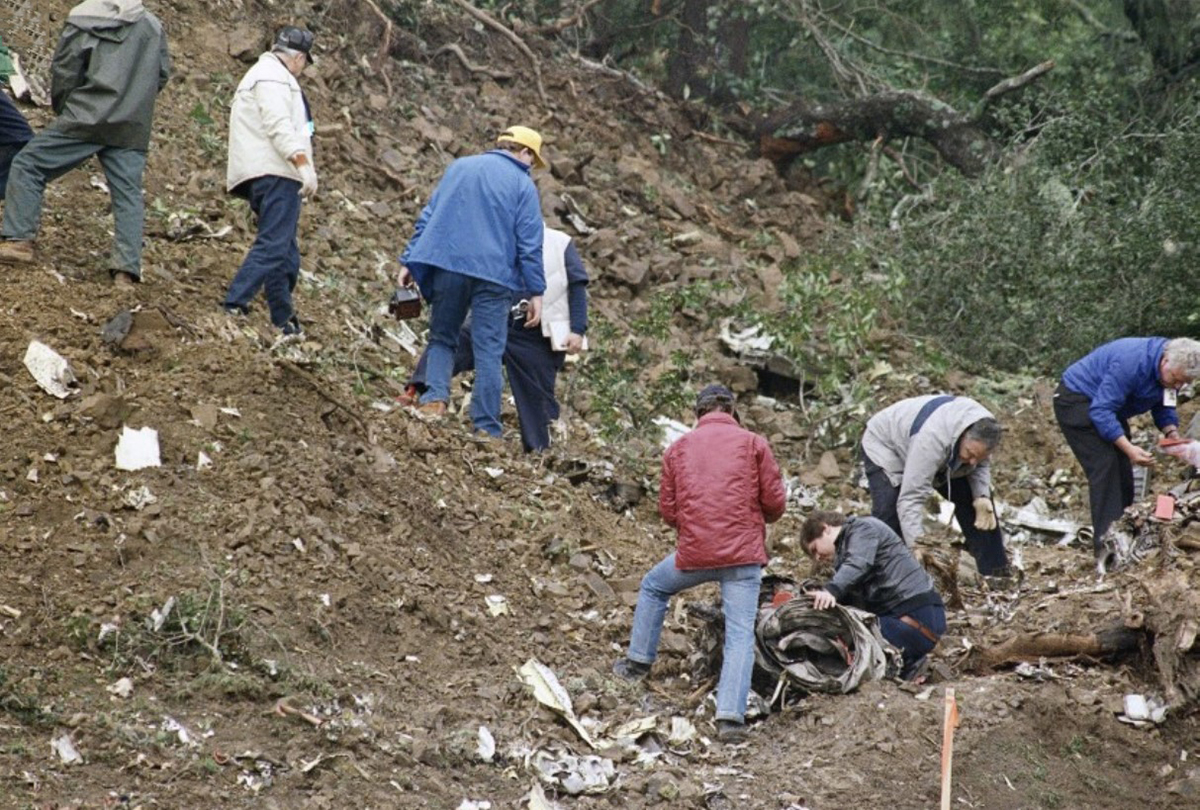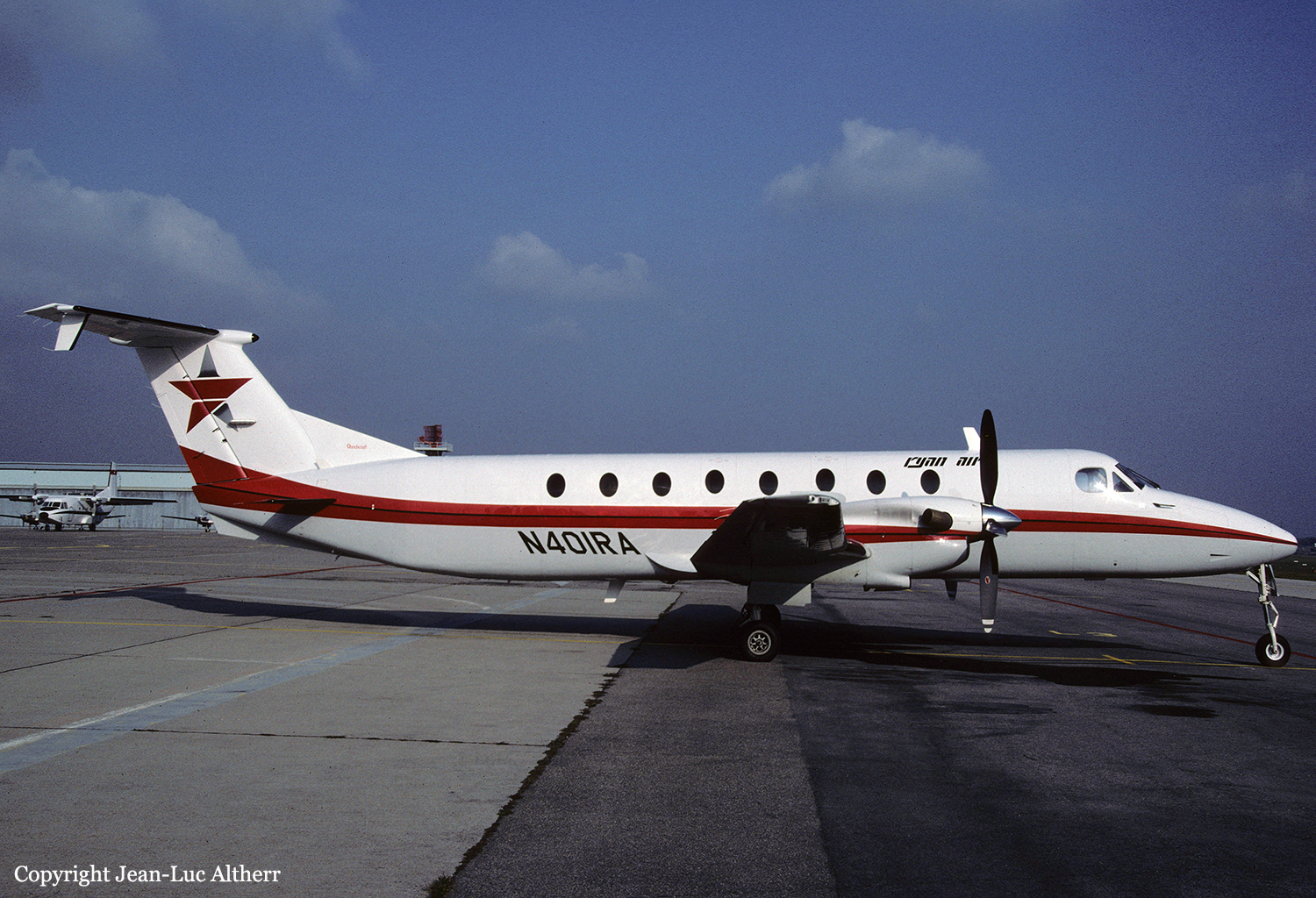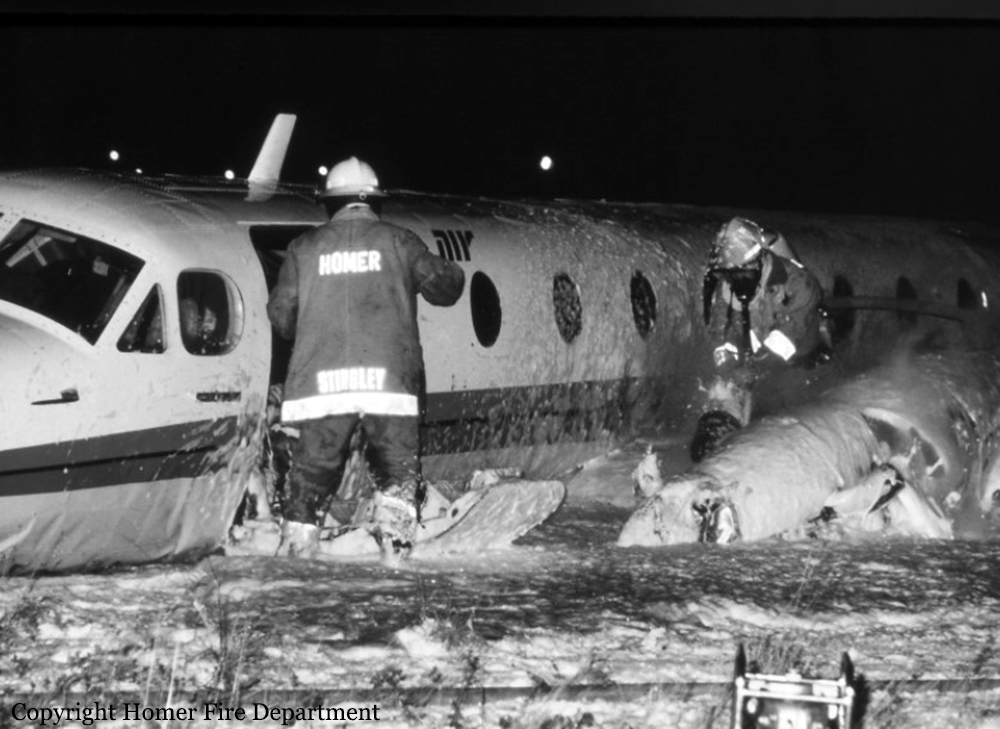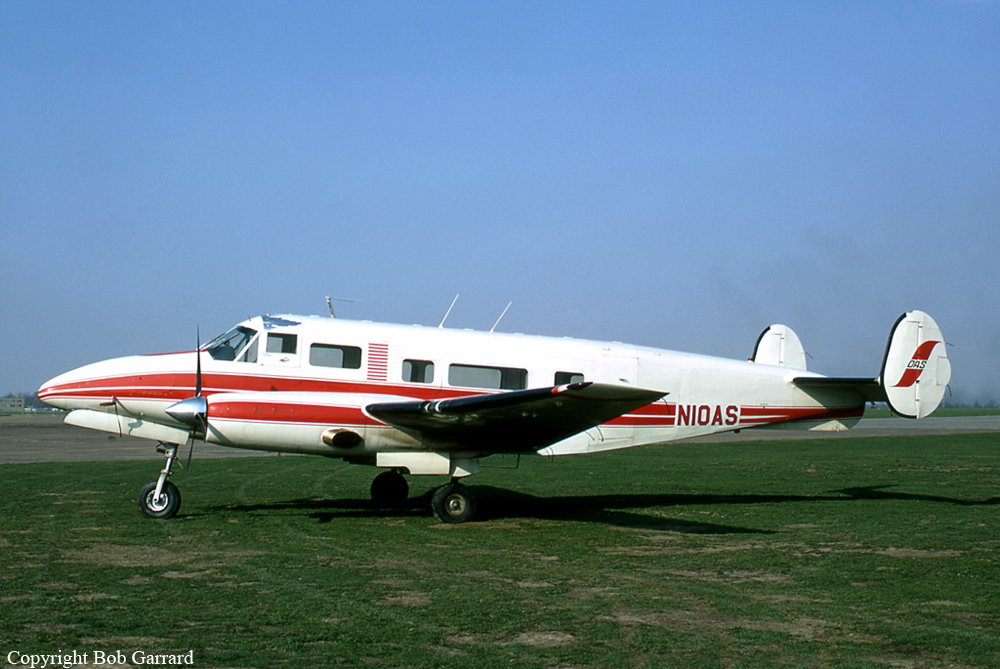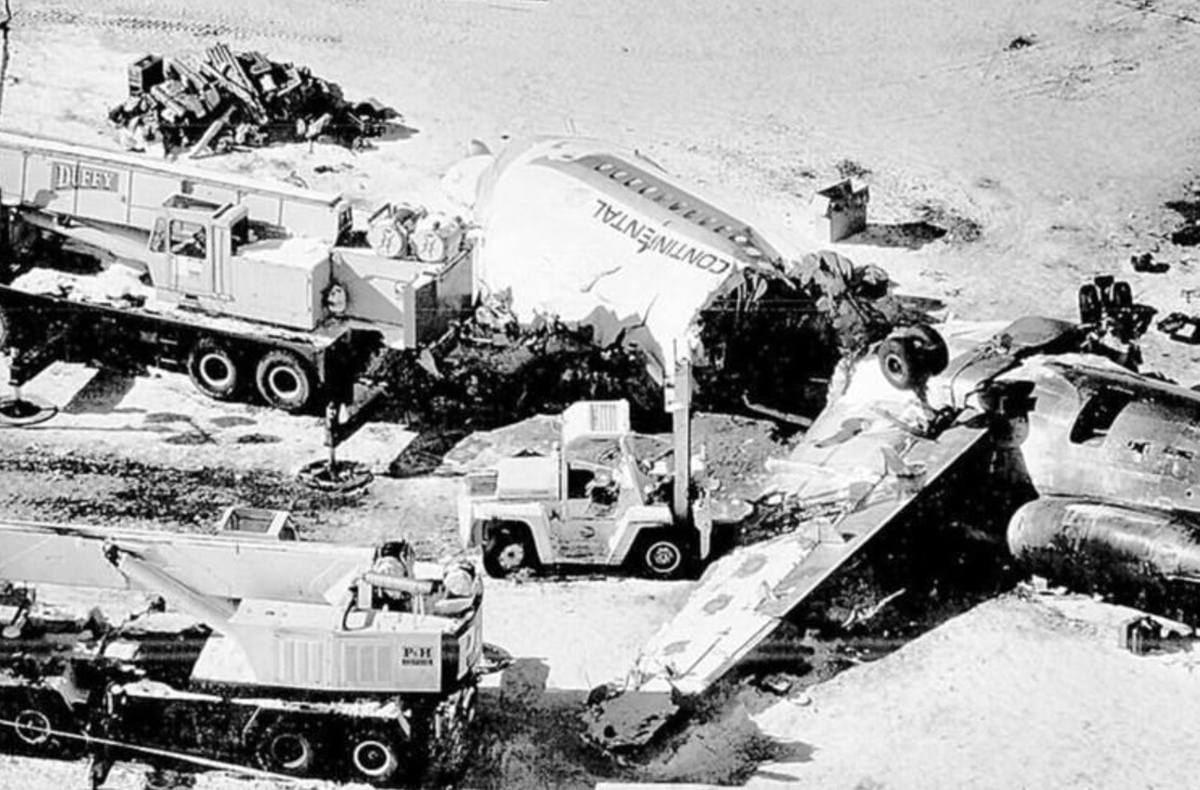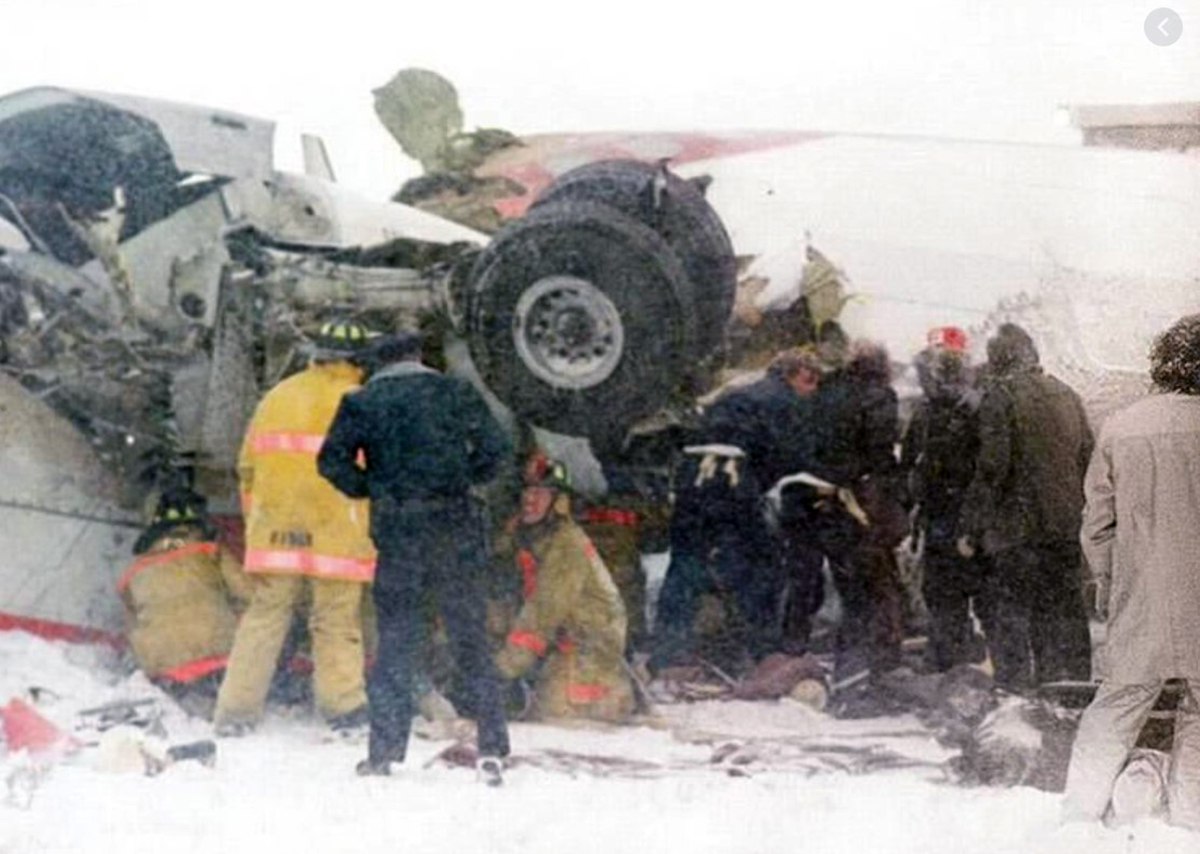Crash of a BAe 146-200 near San Luis Obispo: 43 killed
Date & Time:
Dec 7, 1987 at 1616 LT
Registration:
N350PS
Survivors:
No
Schedule:
Los Angeles – San Francisco
MSN:
E2027
YOM:
1984
Flight number:
PS1771
Crew on board:
5
Crew fatalities:
Pax on board:
38
Pax fatalities:
Other fatalities:
Total fatalities:
43
Captain / Total hours on type:
1600.00
Aircraft flight hours:
8571
Circumstances:
A recently discharged USAir employee boarded PSA flight 1771 after having left a goodbye message with friends. He bypassed security and carried aboard a borrowed 44 caliber pistol. A note written by this passenger, found in the wreckage, threatened his former supervisor at USAir, who was aboard the flight. At 1613, the pilot reported to Oakland ARTCC that he had an emergency and that gunshots had been fired in the airplane. Within 25 seconds, Oakland control controllers observed that PSA 1771 had begun a rapid descent from which it did not recover. Witnesses on the ground said the airplane was intact and there was no evidence of fire before the airplane struck the ground in a steep nose-down attitude. The cover tape revealed the sounds of a scuffle and several shots which were apparently fired in or near the cockpit. The pistol was found in the wreckage with 6 expended rounds. FAA rules permitted airline employees to bypass security checkpoints. All 43 occupants were killed.
Probable cause:
Occurrence #1: loss of control - in flight
Phase of operation: cruise - normal
Findings
1. (f) security - inadequate - company/operator management
2. (f) procedure inadequate - company/operator management
3. (f) insuff standards/requirements, operation/operator - faa (organization)
4. (c) control interference - intentional - passenger
5. (c) sabotage - intentional - passenger
6. (c) emotional reaction - passenger
7. Incapacitation - pilot in command
8. Incapacitation - copilot/second pilot
9. Suicide - intentional - passenger
----------
Occurrence #2: in flight collision with terrain/water
Phase of operation: descent - uncontrolled
Phase of operation: cruise - normal
Findings
1. (f) security - inadequate - company/operator management
2. (f) procedure inadequate - company/operator management
3. (f) insuff standards/requirements, operation/operator - faa (organization)
4. (c) control interference - intentional - passenger
5. (c) sabotage - intentional - passenger
6. (c) emotional reaction - passenger
7. Incapacitation - pilot in command
8. Incapacitation - copilot/second pilot
9. Suicide - intentional - passenger
----------
Occurrence #2: in flight collision with terrain/water
Phase of operation: descent - uncontrolled
Final Report:

